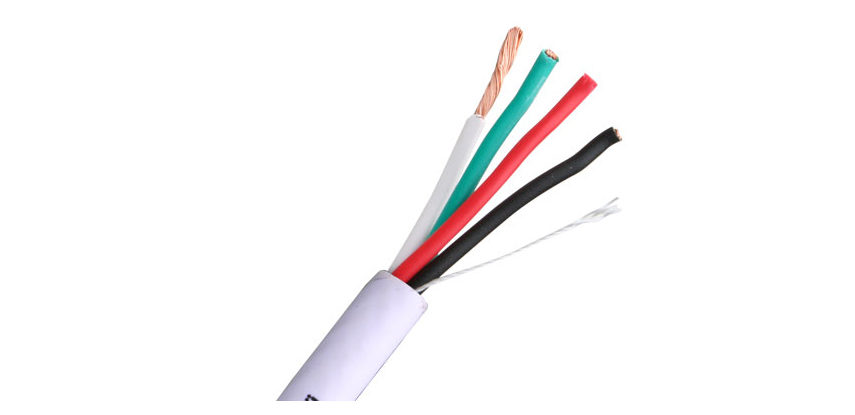This month, Microsoft ended support for their Windows 7 operating system. This won’t mean too much immediately, but over time, the operating system will become less secure as hackers find vulnerabilities that won’t get patched. The good news is that most Windows 7 computers can be upgraded to Windows 10. Whether it’s worth upgrading instead of replacing, however, is another question. If you’d like advice in that area, feel free to send me an email at support@3tgtech.com with the information I describe below.
If your computer is new enough, it might also be a good idea to upgrade to a Solid State Drive (SSD) from the spinning disks that most Windows 7 computers run on. It’ll make the computer feel like a new machine, and all of your applications and settings stay in place.
Here’s how to find the information I’ll need:
Go to Start > Control Panel > System [before System you may have to click on “System and Security”], then please send the following info:
Processor (“Intel Core i5-6200”)
Installed Memory or RAM (“8GB”)
System Type (“64-bit” or “32-bit”)
Next, go to Start > Computer, then right-click on the C: Drive and select “Properties”
Send the shorter number for the “Capacity” and “Used space” (for example, “500GB” and “237GB”)
Lastly, please indicate any vital software that you use and the version number for it. For example, “Quickbooks 2007” or “Office 2010”
If you need help getting this information, I’d be happy to walk you through it over the phone, and feel free to send photos of these screens in text or email if that’s easier
I’ll assess your current computer and let you know whether I think it makes sense to upgrade or whether you should buy a new computer.





